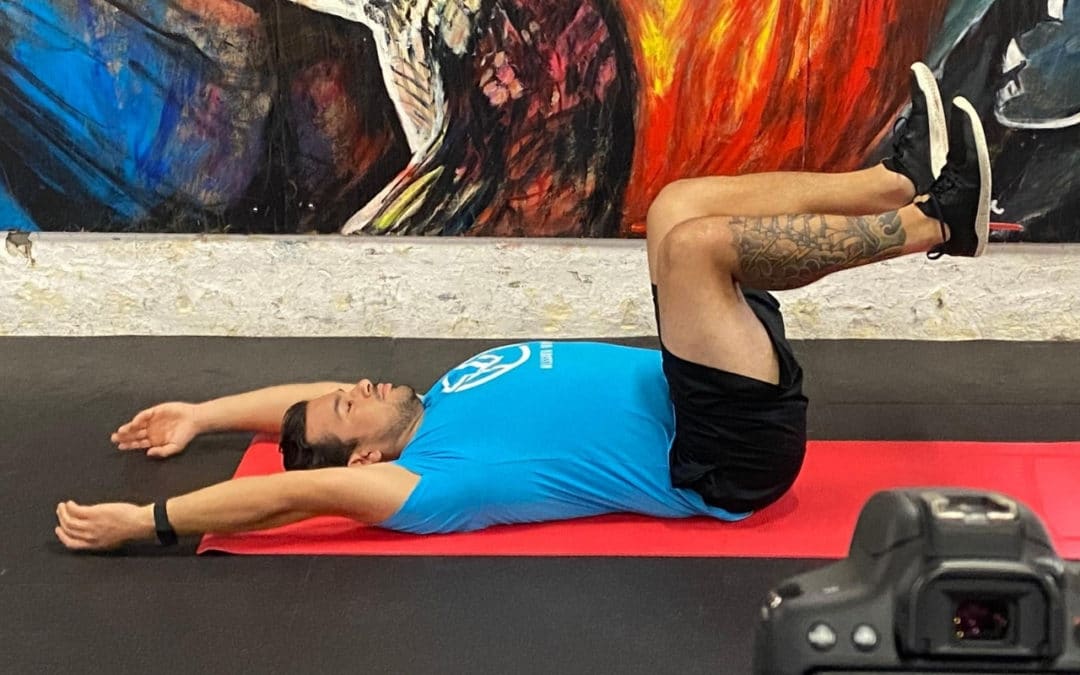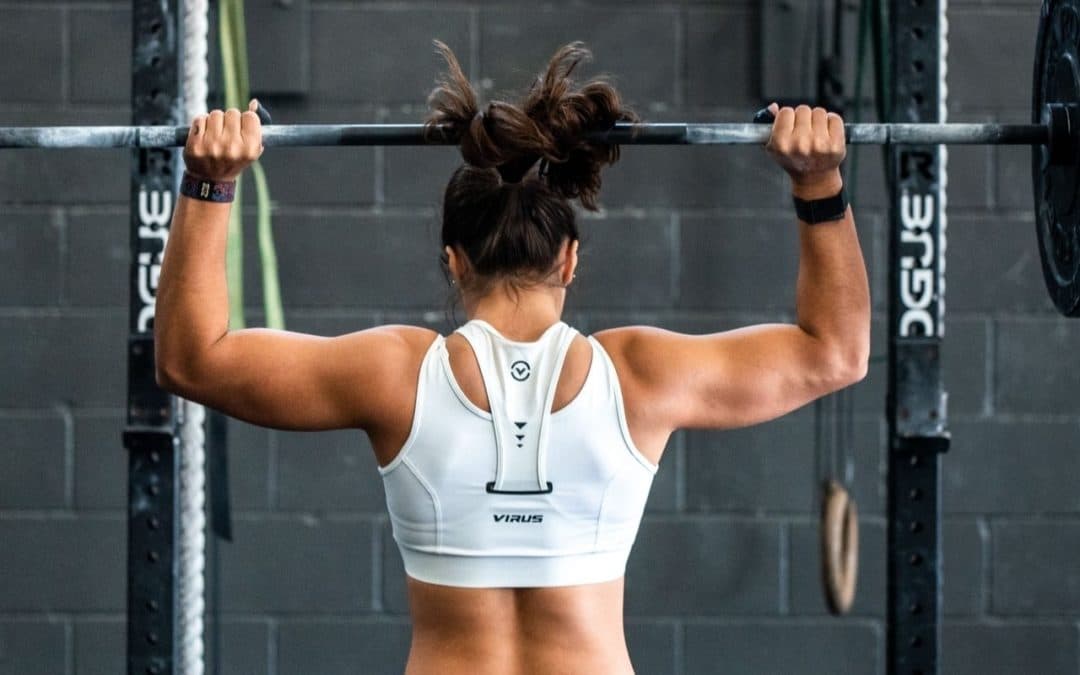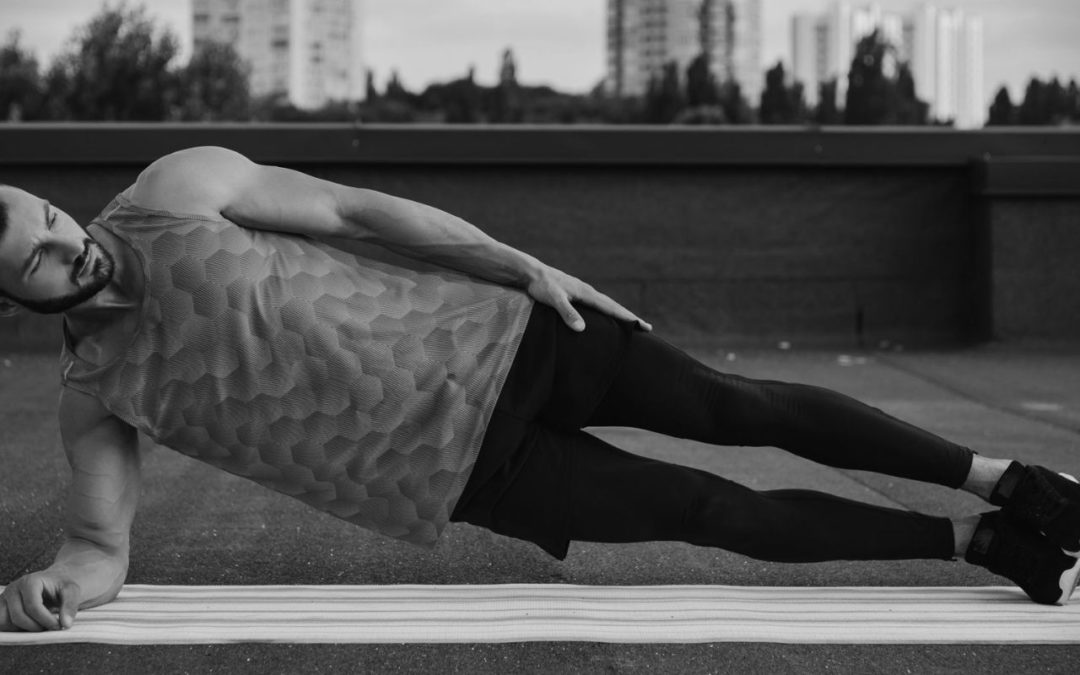Crossfit is a constantly varied fitness program that focuses on intense functional movements but it lacks some that may help you stay healthy. This post will help you learn how to program anti-rotation exercises into your accessory programs for Crossfit. Doing this will keep you healthy and training harder, longer.
Accessory Programming Series
This post is part of our series on accessory programming for functional training programs like Crossfit. Click the links to view other posts in this series:
-
-
- Anti-Rotation Movements – You are here
- Rotation Movements
- Horizontal Pulling Movements
- Lateral Movements
- Unilateral Movements
- Building Accessory Programs
-
Accessory programming and Crossfit
Crossfit is generally inclusive, meaning that using a variety of exercises is a key goal of the programming. It also utilizes a lot of movements that I think are very valuable.
Despite the many benefits of this training style, the programming does have some shortcomings. I’ve worked with hundreds of athletes following dozens of different programming styles and I see some consistent gaps in their movement paradigms.
Most of these movements do not fit the standard programming criteria of Crossfit. Therefore I propose two thoughts on how to work them in.
-
-
- Build accessory programming for your Crossfit training
- Add these movements into your workouts during rest breaks or between exercises
-
More on these later
Here are several different movement types that I would like to see more of in Crossfit boxes, regardless of how you fit them in.
Anti-Rotation Movements in accessory programming
If you’ve ever gone to a Crossfit class then you’ve probably heard the term midline stabilization. This term refers to the ability to keep your spine in its optimal, “neutral” position while moving.
Crossfitters get a LOT of exposure to stabilizing against forces while moving forward or backward, in the sagittal plane. Examples of sagittal movements in Crossfit are:
-
-
- Squats
- Deadlifts
- Presses
- Kettlebell swings
- Running
- Pretty much everything else…
-
Rotation is a movement that is pretty rare in Crossfit and subsequently so is anti-rotation. This means Crossfitters don’t get a lot of opportunities to stabilize against forces that are trying to make them rotate in one form or another.
If midline stabilization is so important in Crossfit then shouldn’t you be able to stabilize against forces coming from all directions?
How can you expect to stabilize against forces that you are never exposed to?
While the sport of Crossfit may not ask you to stabilize against rotational forces I can promise you that life does.
Furthermore, if you add some anti-rotation training to your Crossfit accessory programming I can also promise that you will become better at stabilizing in the sagittal plane as well.
Here are a few simple anti-rotation exercises to add to your accessory program.
Half-Kneeling Stability Lift
Chops and Lifts are excellent anti-rotation exercises. They promote a stable midline by resisting rotation in a half-kneeling position. This position places the lower body in a position that most people aren’t very familiar with and it can really tax your hip and spine stability. They are hard to program into metcons but you can easily sneak them in between lifts or add them to an accessory program.
-
-
- Attach a band close to the ground on a rig or other stable fixture.
- Hold the band and step away until light tension is felt.
- Kneel down with the knee closest to the rig down on the ground.
- While bracing your core grab the band with both hands, pull it towards your chest, then press up and away.
-
The key is to maintain your position through the entire movement. Your arms and shoulders should move but your spine and hips should not.
Pallof Press (Anti-rotation press)
Similar to the Half kneeling lift the Paloff press is difficult to program into metcons but is great for warm ups and accessory work.
-
-
- Attach a light to moderate resistance band at about chest height to a rig or other stable object
- Grab the band and step away from its attachment and hold it close to your chest
- Get in a stable, athletic stance with knees slightly bent and press the band forward away from you.
-
Resist rotation towards the rig! The further your hands get away from you the more rotational force you will need to resist and thus the harder it gets. Make sure you do this facing both directions to guarantee balance.
To increase the difficulty you can use a heavier band OR you could try switching up your stance; tandem, split, and single leg standing are great places to start. Mixing it up will challenge your hips and core to coordinate more efficiently.
Single Arm KBS
This exercise is a double whammy. You swing just like a standard 2-handed swing.
BUT
Because the kettlebell is in one hand it will tax your grip heavily AND try to pull you into rotation at the bottom of the swing.
This means that you will need to resist the rotation in order to swing the kettlebell back up (a little rotation is OK though).
As with any other swing, you should be generating force at the hips and the arm acts like a rope, anchoring the kettlebell to your torso.
In my opinion, we should be doing more of these in conditioning workouts because learning to control the midline against rotation while fatigued is very important.
So this one can be added to an accessory training program or used in your regular workouts, just sub for 2-handed (Russian) kettlebell swings
Anti-Rotation exercises improve functional fitness performance
Even though these types of movements are scarce in traditional Crossfit and other functional fitness programming they are extremely beneficial.
The ability to stabilize in multiple planes of motion allows more muscle fibers to be recruited and therefore improve core engagement on your big lifts like squatting and deadlifting.
Adding some anti-rotation exercises to your accessory programs will, therefore, improve your overall performance in Crossfit as well as keep you safe.
Make sure you follow along to get access to the entire Accessory Programming for Crossfit series by signing up below.
By signing up for our newsletter you will also get 5 FREE SESSIONS of our daily mobility program – Daily Tonic: Movement For Life




